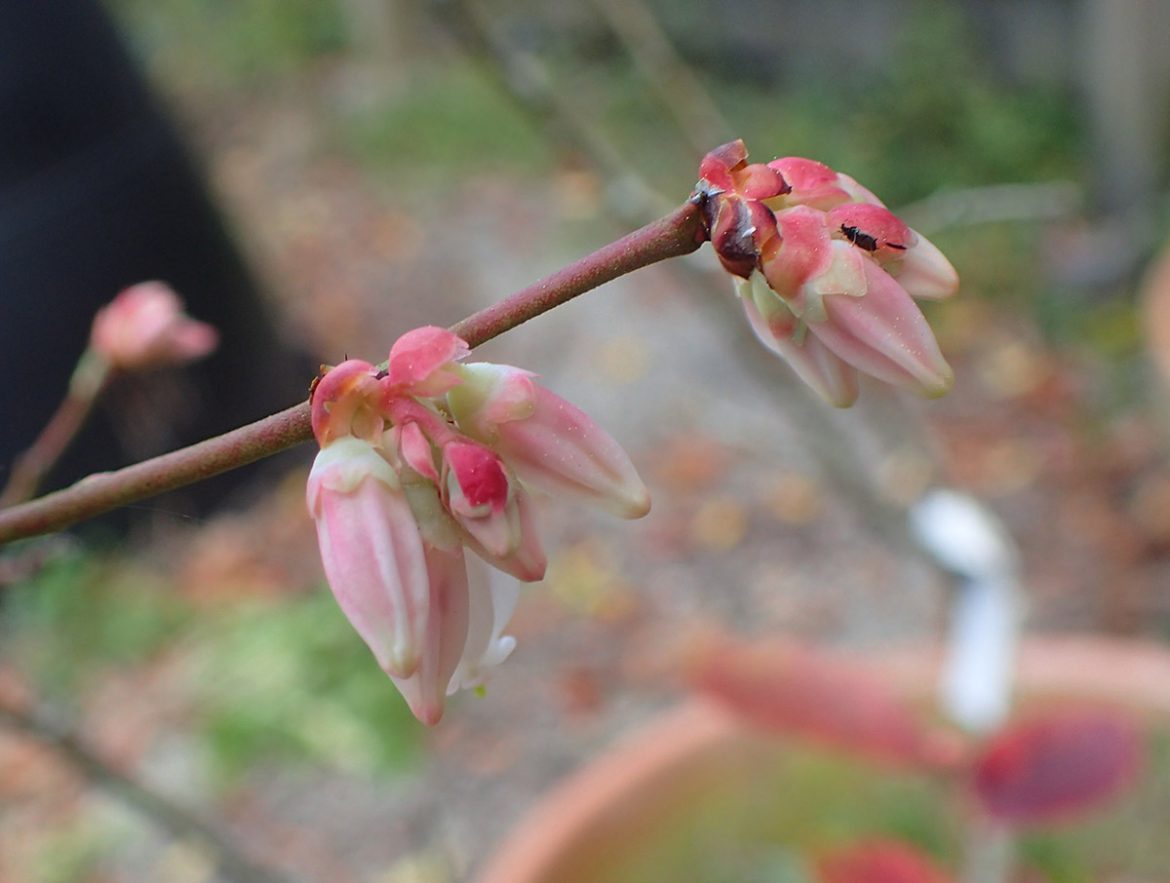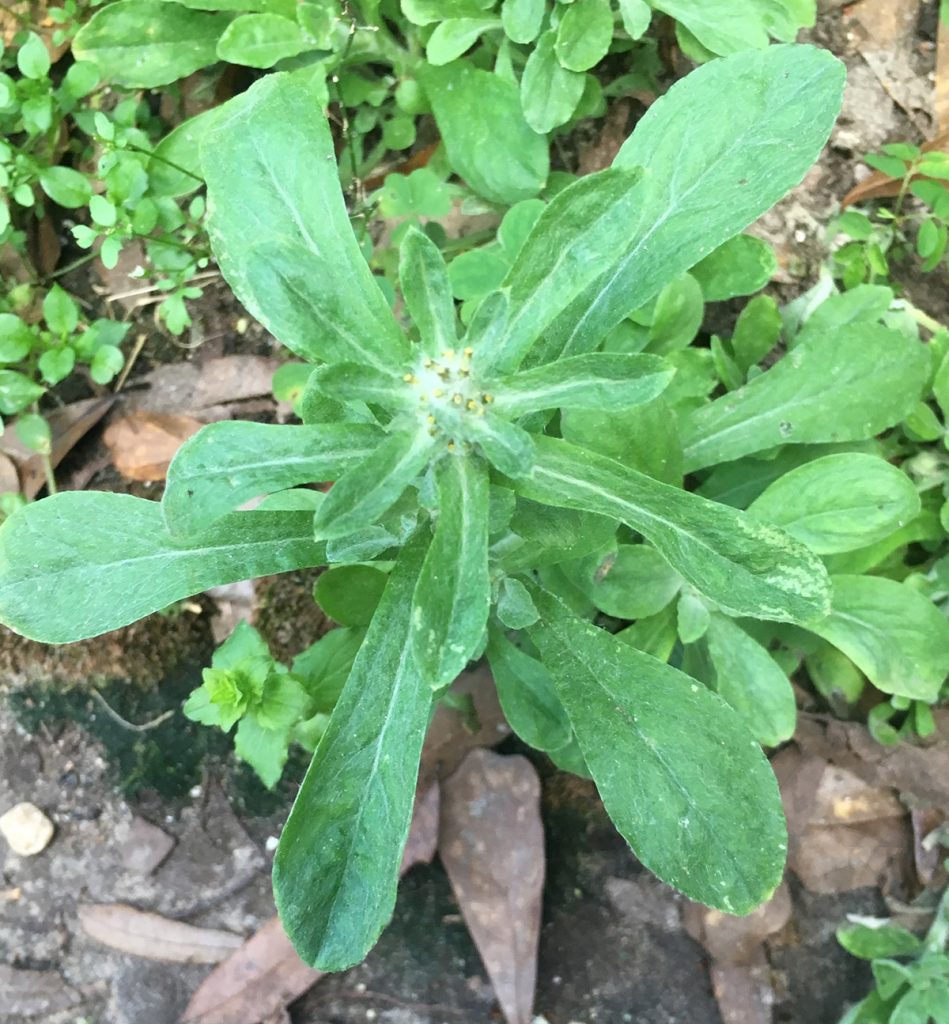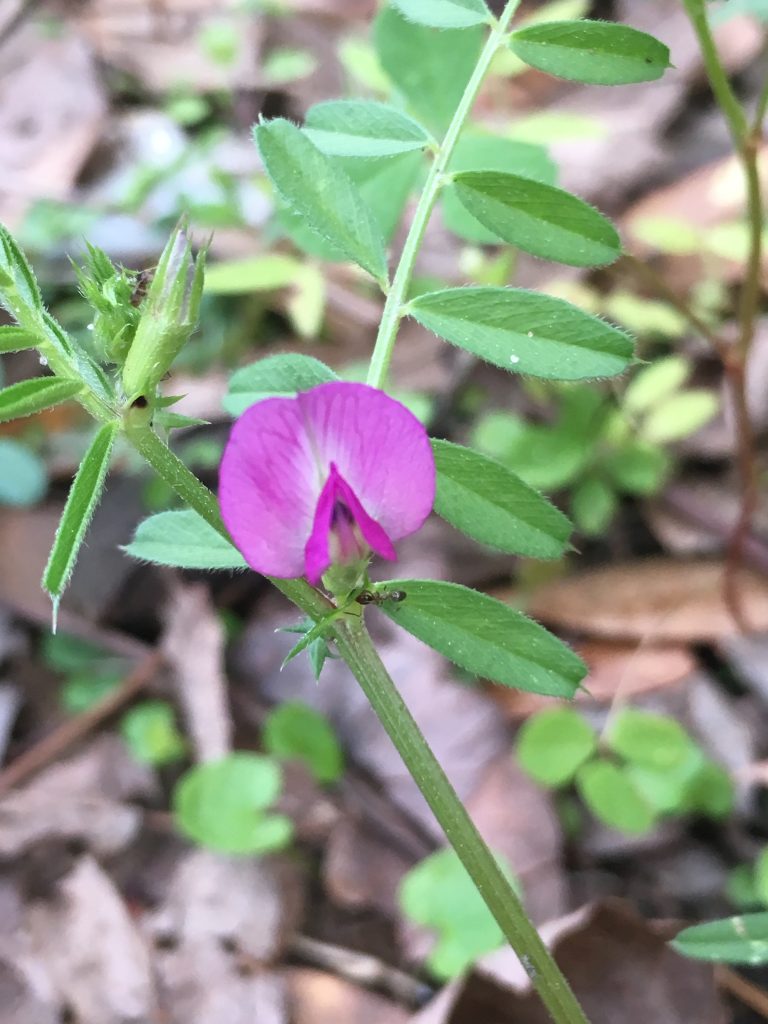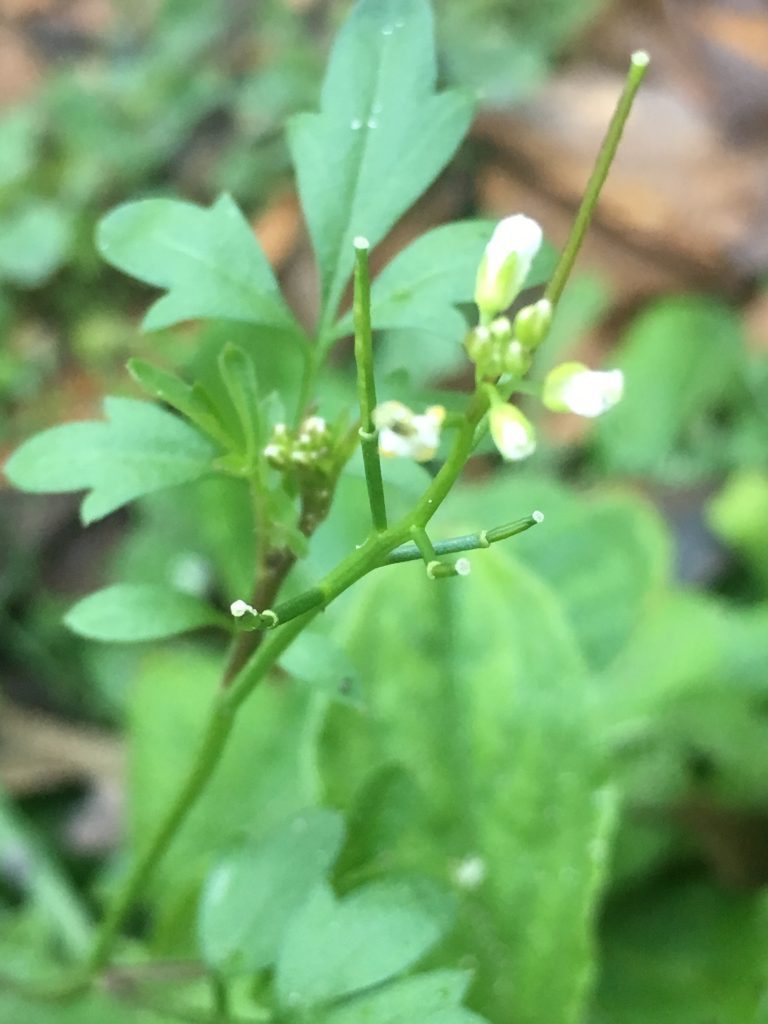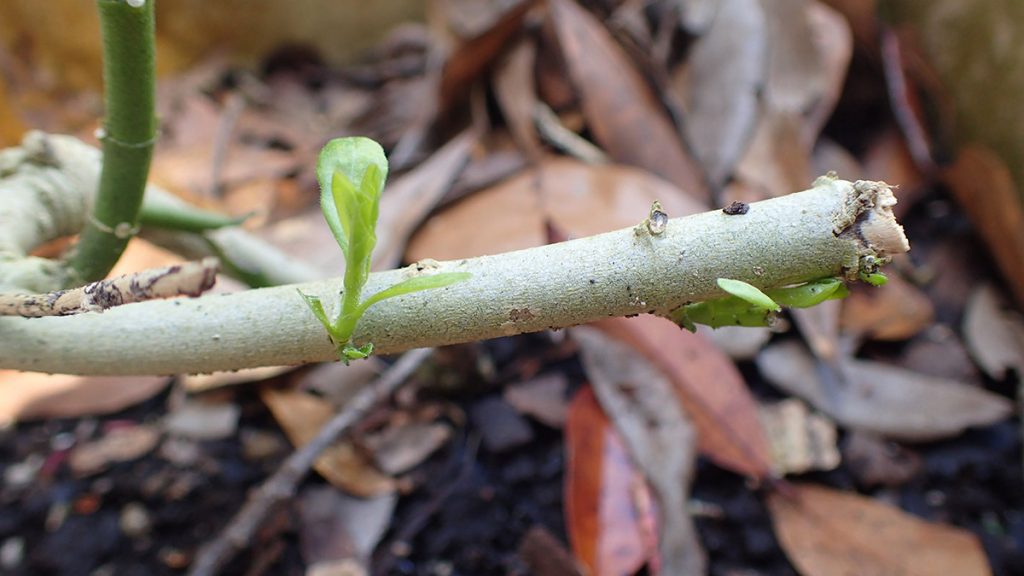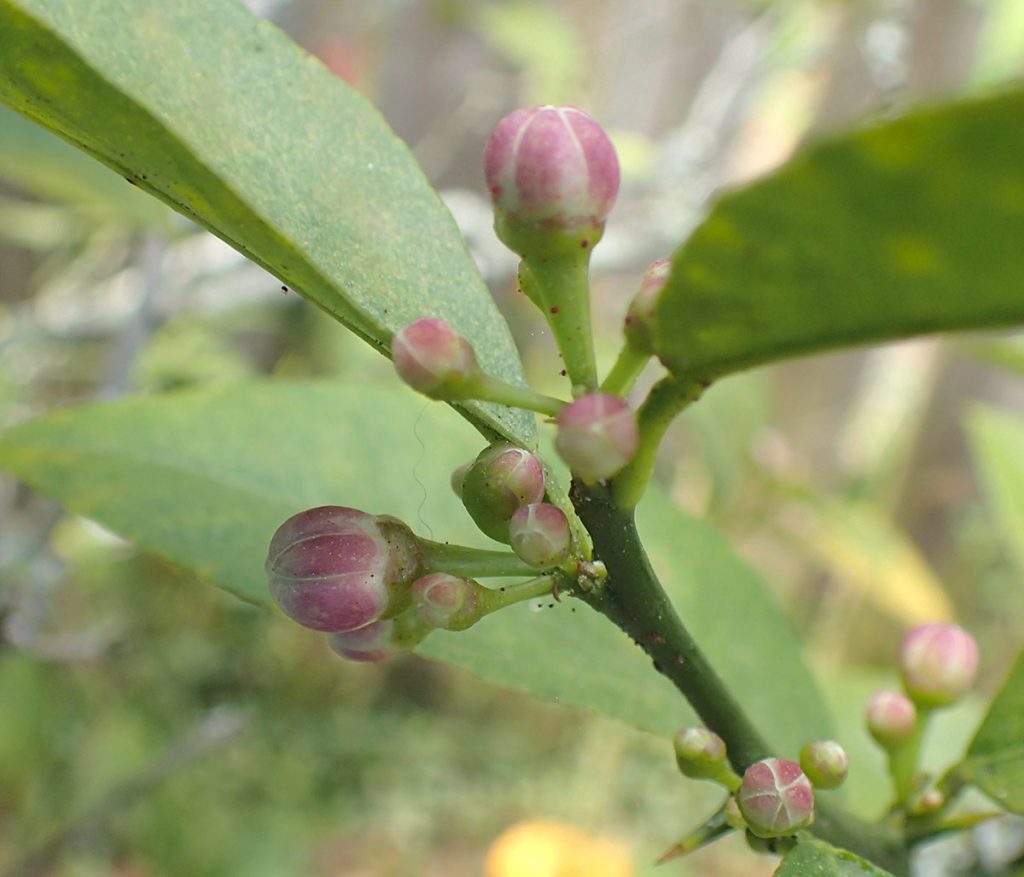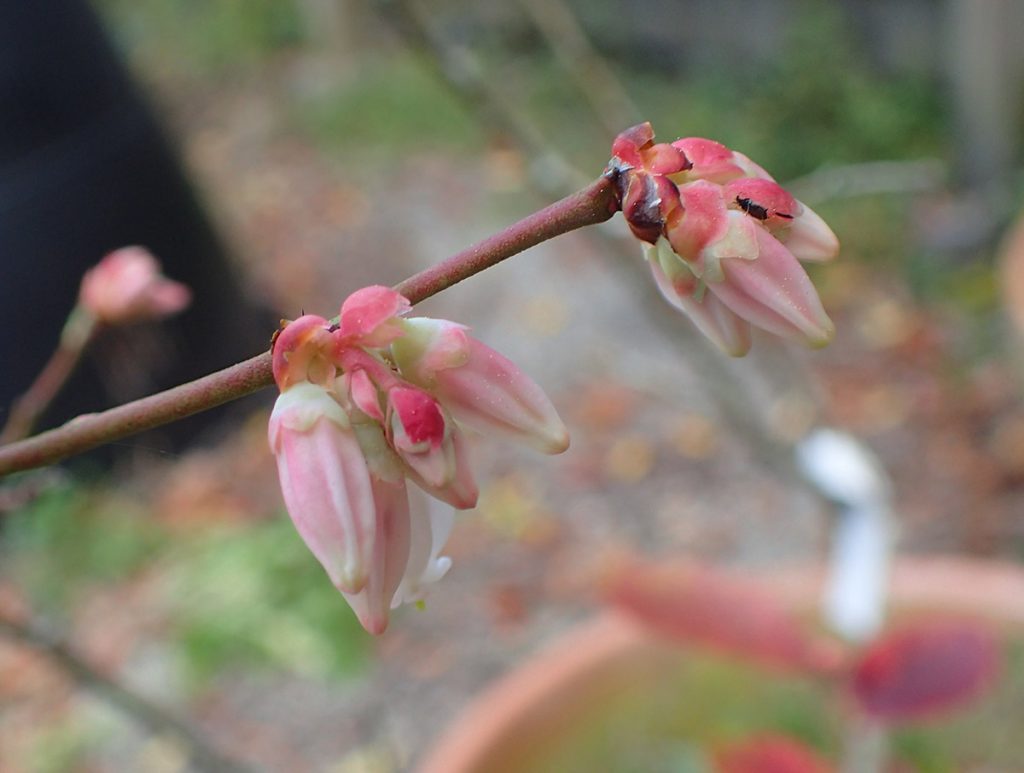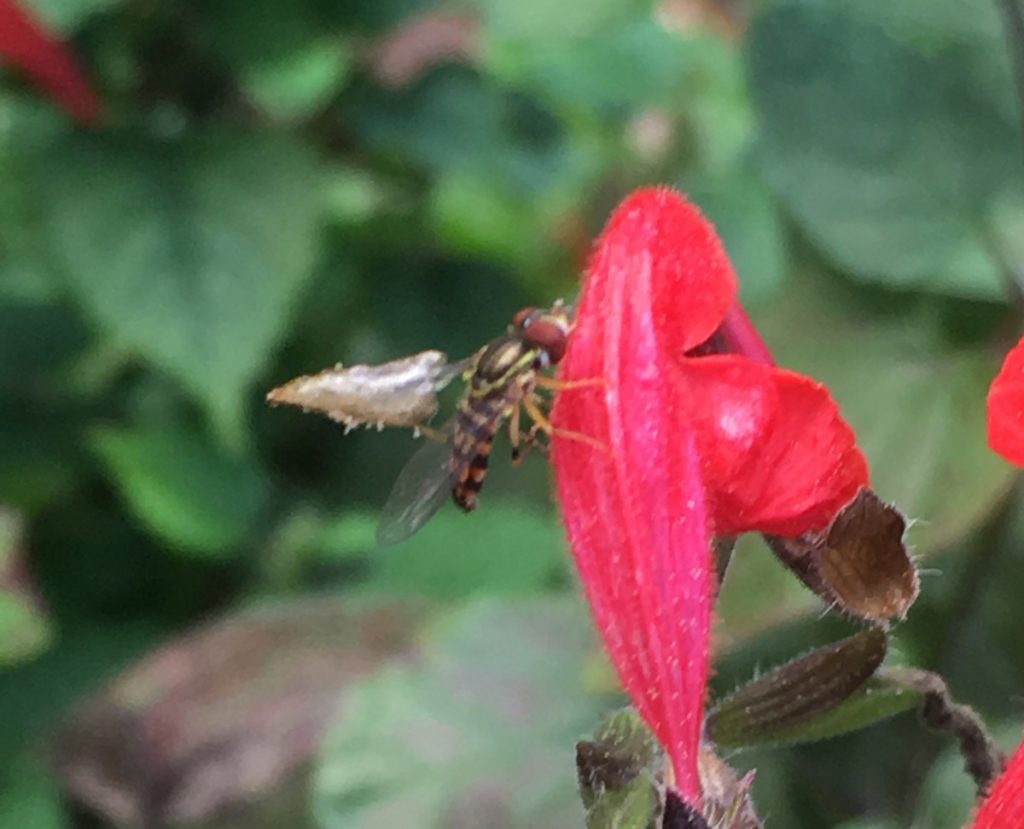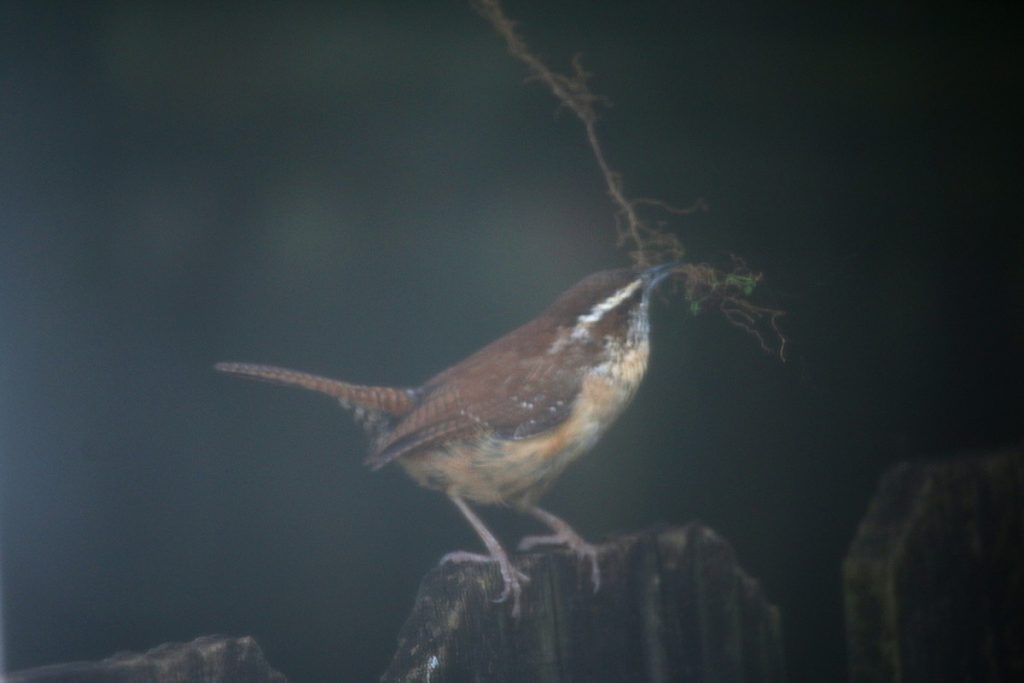I’m finally getting to this after a few months. The EcoCitizen Project was a huge undertaking, so this slipped through the cracks. Luckily, it was a project that had a focus on backyard ecology. So I learned some stuff, and our project partners gave us a lot of good material to share in regards to making our yards wildlife friendly.
It was a warm February, though insects never got very active. However, the weeds in my yard were. It was a good opportunity to use iNaturalist to help me figure out what weeds to keep and which to pull.
Browse additional Backyard Blog entries.
Identifying Weeds: Friend or Foe?
Pennsylvania Everlasting (Gamochaeta pensylvanica)
Here’s an interesting dilemma. On the one hand, this is a non-native plant. On the other, this cud weed hosts American Lady butterflies. In this case, I’m excited about the possibility of having a new caterpillar species in the yard, so I let these grow. Spoiler alert- writing this months later in July, those ladies have yet to visit. It didn’t help that many of these plants got zapped by hotter temperatures later on.
Common Vetch (Vicia sativa)
Here’s another non-native with beneficial characteristics. It’s a nitrogen fixer, those plants with the ability to take nitrogen in the air (free nitrogen) into nitrogen that can be used by plants (ammonia, nitrates, and nitrites). Like all legumes, vetches enrich the soil with this usable nitrogen, to the benefit of surrounding plants. Other legumes include foods we grow, like peas and green beans, and lupines. Like the cud weed above, this was growing in my wildflower patch, so I was happy to have the soil there be a little more fertile.
Possibly nursery bittercress (Cardamine hirsuta)
And yet another non-native that volunteered in a pot. Evidently, this plant’s seeds are commonly carried by nursery plants. It’s a bitter herb, and it’s in a pot. So I let it stay.
I sure did go easy on a lot of non-native plants, didn’t I? A few months back, we interviewed the Leon County IFAS Extension Agent, Mark Tancig, about Florida Friendly gardening. When it comes to weeds, he says “It’s all about, do you like it or not?” Part of that is learning what each plant is. Not all non-natives become invasive, taking over your garden. The plants above are plants I can eat, or butterfly caterpillars can eat, or they enrich the soil. So they add to the garden.
New Plant Growth in the Garden
Plants that went dormant over the winter have started sprouting leaves and flowering… over the winter. And that’s not atypical of Tallahassee. Nor would it be atypical if it started a month later, or like a couple of years ago, started in January and then got hit by freezing temperatures later.
I was happy to see milkweed plants sprouting leaves. While shooting our segment on the Monarch-Milkweed Initiative at the St. Marks Refuge, we spotted a mating pair of monarchs and spotted several eggs on aquatic milkweed. The question was, would I have enough leaves when monarchs made it to Tallahassee?
In addition to caterpillar food, some people food was getting started in the garden:
Identifying Insects in the Garden
Eastern Calligrapher (Toxomerus geminatus)
I promise, later in the year I started taking better cameras out into the yard when I did my gardening chores. Anyhow, I had my phone on me when I saw what I thought was a species of native bee. Instead, this is a species of hoverfly, or syrphid. These are bee mimics, and their larvae feast on aphids. Pollinators and pest eaters- that’s a double beneficial insect.
I had suspected that they might also eat younger monarch caterpillars, a behavior I haven’t observed, and that hasn’t been documented by anyone else. But they do eat milkweed aphids, which eat milkweed. So they can stomach the plant’s toxins. I keep an eye on them. Mostly, I try to keep aphids off of milkweed plants to not draw any beneficial insects to them. After all, a monarch caterpillar, to the milkweed plant, is a pest that will strip the plant of all of its leaves.
Lastly, a less than great photo shot through my kitchen window and its screen. But I love what I’m seeing here:
That’s it for a quiet February in the garden. Much more to come!
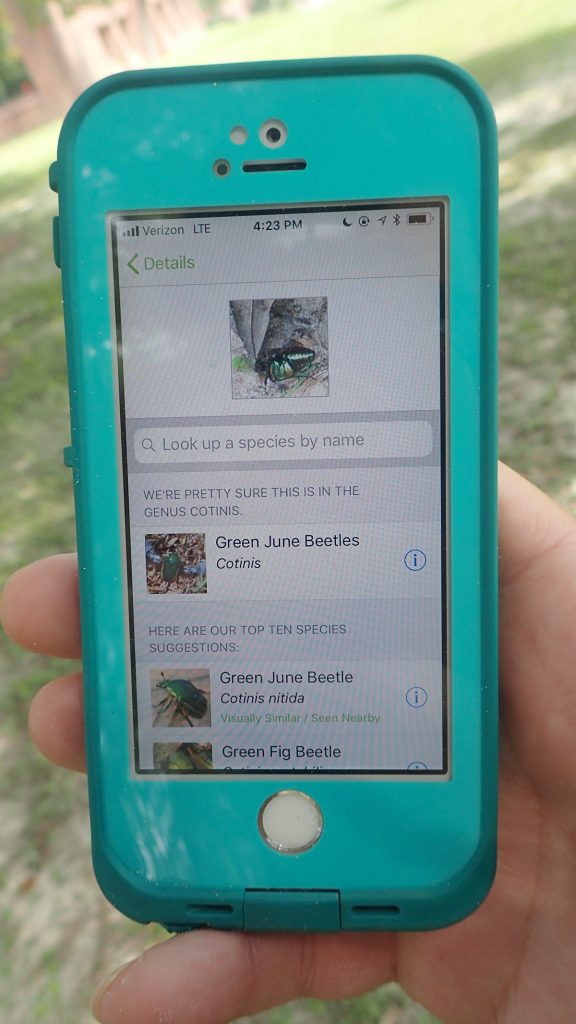
Apps and Citizen Science mentioned in the Backyard Blog
iNaturalist
Identify plants, animals, lichens, and fungi in your yard. Other users correct your identifications if you’re wrong, and even if they don’t, it can be a good springboard to further research.
Seek by iNaturalist
Instant identification, and it doesn’t record your location. This is a good option for kids with phones.
Monarch Larva Monitoring Project
Enter information about monarch caterpillars in your yard, and help researchers get a sense of the health of the monarch population that year, and how and when they’re migrating.
Great Sunflower Project
Record the number of pollinators visiting your flowers, and help researchers map pollinator activity across the country.
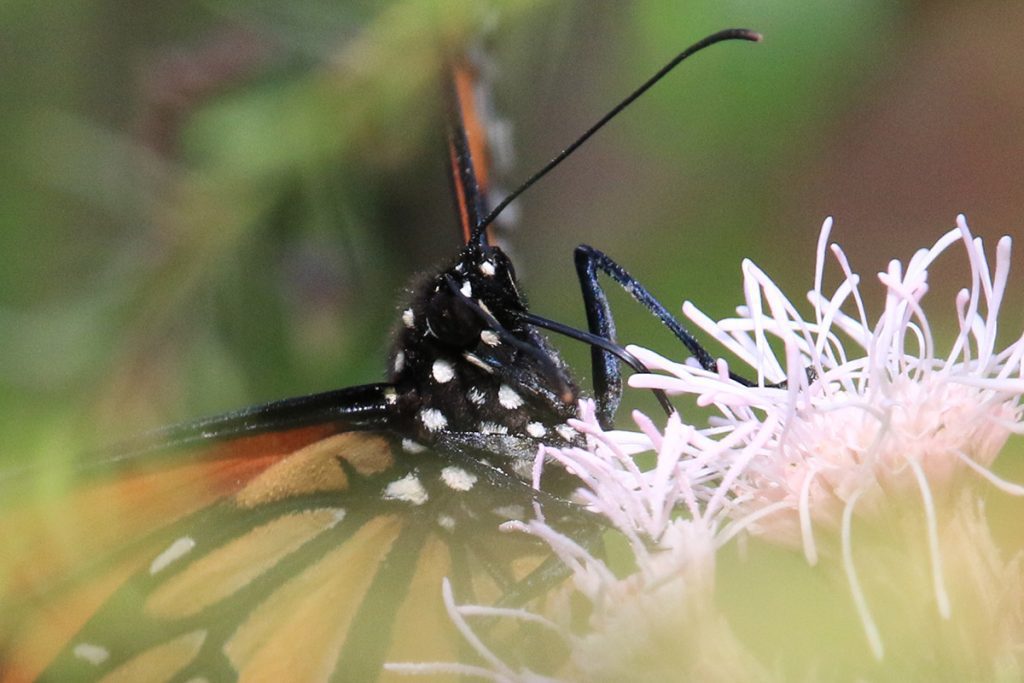
Dig Deeper into Backyard Ecology
What can we do to invite butterflies, birds, and other wildlife into our yards? And what about the flora and fauna that makes its way into our yards; the weeds, insects, and other critters that create the home ecosystem? WFSU Ecology Blog takes a closer look.

